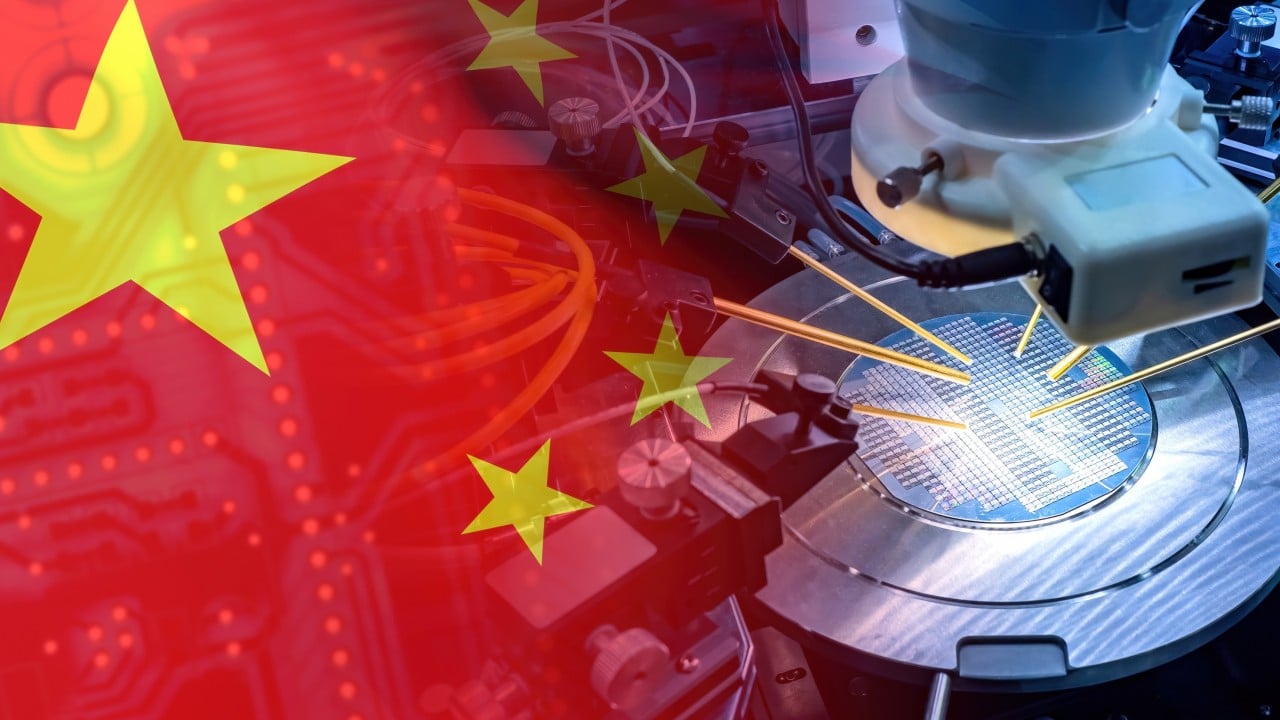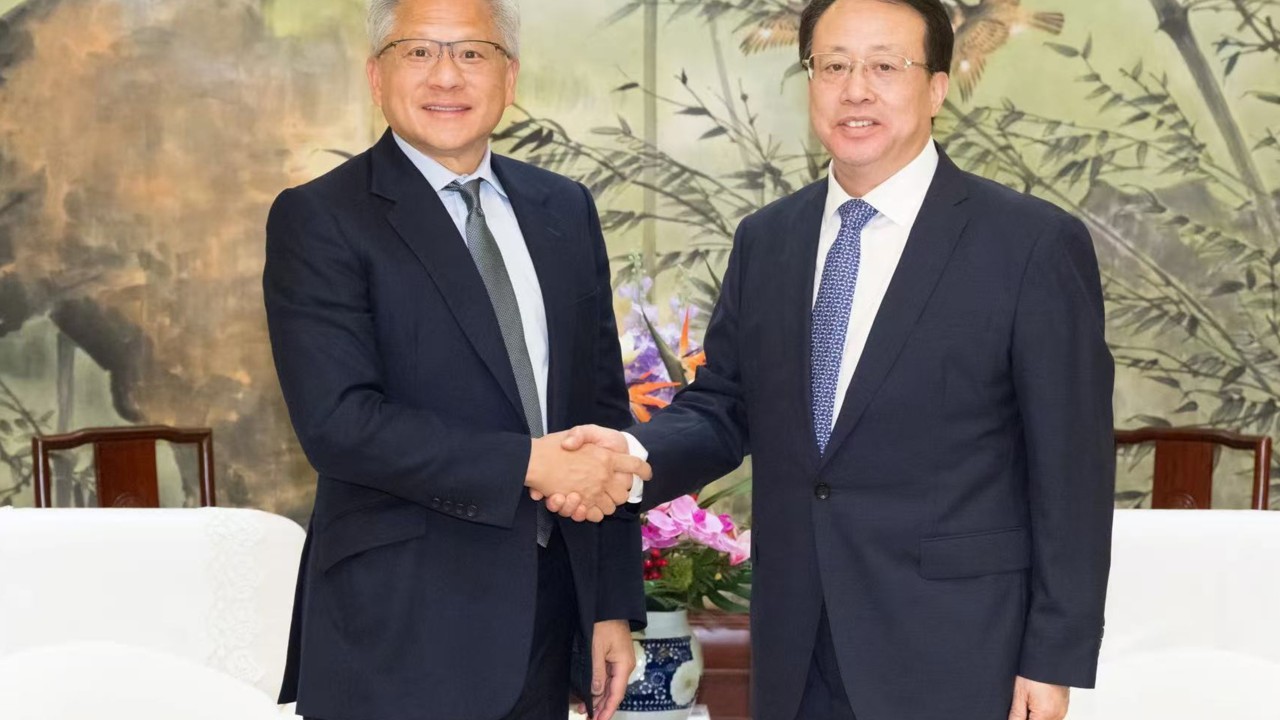
As United States tariff hikes interrupt global trade, Chinese exporters are embracing diverse strategies to mitigate dangers, leveraging global supply chain combination and domestic market potential while showing the irreplaceability of Chinas production ecosystem.The newest wave of United States tariffs under President Donald Trump with rates as high as 245 percent on Chinese exports has intensified pressure on the nations export-reliant sectors.
Chinese companies, however, are responding with agility.BEIFA, an office stationery maker based in east Chinas Ningbo, forecasts a 30 percent boost in its sales to a European retailer and has actually seen growing needs from Southeast Asian markets this year, regardless of the downturn in its exports to the United States Instead of foreseeing a bleak outlook, the companys sales managers revealed self-confidence in its future growth.Such resilience stems from Chinas entrenched role in international manufacturing.
The country represent over 30 percent of worldwide office stationery exports, with Ningbo alone exporting 3 billion yuan every year in items varying from ballpoint pens to craft knives.Zhao Zhongxiu, president of the University of International Business and Economics, stated Chinas share of worldwide commercial output surpassing one-third and its progressing innovation abilities underpin foreign customers reliance on its supply chains.
The global production system can not function without China this is the bedrock of our self-confidence in countering tariff shocks and navigating trade wars, he told China Media Group.The case of BEIFA mirrors a more comprehensive pattern that shows Chinese exporters resolve to keep forging ahead.
A vehicle parts manufacturer based in south Chinas Dongguan, for instance, was when heavily based on United States purchasers, however over the last few years it has actually moved production to Thailand, slashing its United States market reliance to under 30 percent while broadening sales across 40 countries.
Such moves line up with Chinas commercial policy, which highlights lowering vulnerability to unilateral trade actions through geographic diversification.Diversifying sales markets is not the only alternative for exporters to counteract the effect of Trumps tariffs.
The Chinese market is now becoming a lifeline, with domestic merchants and e-commerce platforms stepping in to absorb export capacity.
Major platforms like FreshHippo and Yonghui Superstores have launched campaigns to promote high-quality export items domestically, hearkening calls by policymakers to help exporters use the domestic market.
JD.com, an e-commerce giant, vowed a 200-billion-yuan ($27.4 billion) purchase fund over the next year to support the initiative.The large domestic market and extensive policy support in China offer an important buffer against external shocks, Tian Lihui, a teacher of Finance at Nankai University, informed Securities Daily.
The synergy between exporters and domestic retailers not only relieves short-term operational pressures, however also drives supply-side structural reform, injecting enduring momentum into the construction of a new, vibrant advancement paradigm, he said.Paradoxically, United States customers and services may bear the brunt of tariff escalations.
A washing machine produced in east Chinas Cixi, for example, saw its United States market price surge from $180 to $270 post-tariffs, dampening demand.
The Budget Lab at Yale estimated that United States households could deal with a cost increase of nearly $5,000 in the short term due to higher import rates, while market specialists anticipate a substantial toll on United States farming exports amidst tariff escalations.

 8
8
















